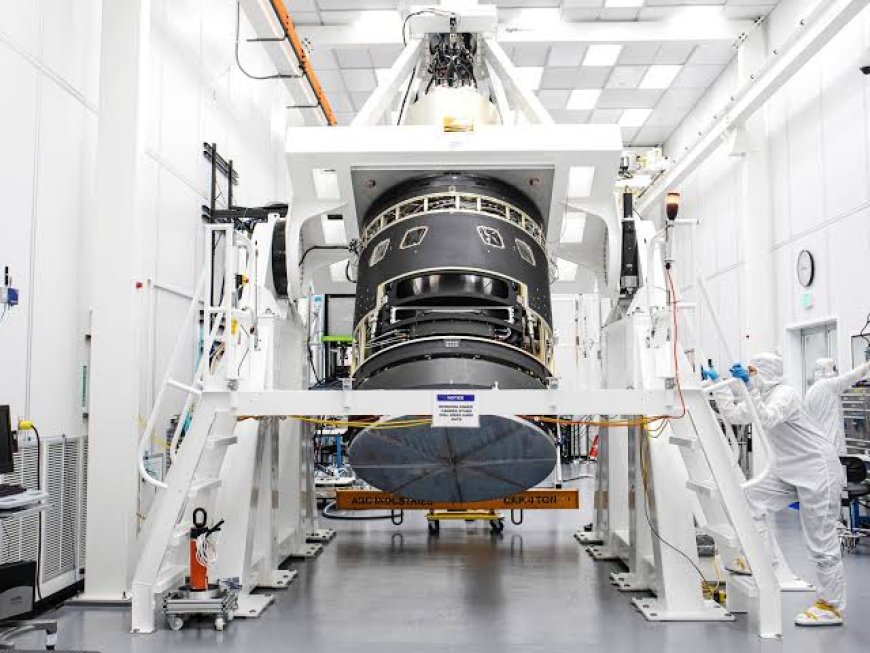A new door to the universe is about to be opened with a high-tech 3,200-megapixel digital camera!
The world's largest and most powerful digital camera is set to usher in a new era in space science. The 3,200-megapixel camera, with its extremely high resolution capabilities and installed at the Vera C. Rubin Observatory in Chile, will take our knowledge to a new level by observing unknown, mysterious regions of the universe.

The Vera C. Rubin Observatory is located on the Cerro Pachon mountain in northern Chile, South America. This gigapixel camera is set to be installed here in late 2023-24, and its operations are scheduled to officially begin in 2025. This camera was built by the SLAC National Accelerator Laboratory (part of Stanford University) in the United States and was built for the massive LSST (Legacy Survey of Space and Time) project.
The main goal of the LSST project is to scan the sky of the Southern Hemisphere every night from 2025 to 2035 to collect new information about dark matter, dark energy and galaxy formation. In addition, it will take pictures of a part of the sky that will be at least seven times larger than the moon every 15 seconds.
This camera will scan every night and collect about 20 terabytes of data, which will be used by researchers in artificial intelligence and scientific research. It will create a huge three-dimensional map of 17 billion stars and galaxies in the future. This will also open up the possibility of discovering the unknown mysteries of the universe and the possibility of finding alien life.
The LSST project costs about $673 million and has been developed by scientists and engineers from around the world since 2015. This high-tech 3,200-megapixel camera is stored in a specially controlled -100-degree temperature chamber, so that its performance and durability are effectively maintained in a completely dust-free environment.
It is not only in size, but the technology of the camera is also unimaginable and high-quality. It consists of 201 custom-designed CCD sensors that together form an ultra-fine focal plane. These sensors are only 5 microns flat, which is less than one-tenth the width of a human hair. In comparison, the thickness of a piece of paper is about 50 to 100 microns.
This camera will not only be used to detect distant galaxies, but also nearby asteroids, supernovae, and fast-moving cosmic objects, which scientists believe will be important for the future security of the Earth.
According to scientists, the vast universe may extend for about 93 billion light years or more, about 95% of which is made up of mysterious dark matter and dark energy—the nature of which is still unknown. The images and information taken by the LSST camera may be groundbreaking in understanding this unknown.
This digital camera is not just a modern instrument, but it is a window to tell a huge cosmic story. Through which we will be able to know and understand the unknown mysteries of the universe more deeply in the future. Through which scientists may be able to study the unknown mysteries of the universe more deeply in the near future.
Sources: NASA, Physics.org, Wikipedia, Rubin Observatory, Space.com
Sherazur Rahman
Teacher and writer, Singra, Natore, Bangladesh.
sherazbd@gmail.com
Article link:-
https://rubinobservatory.org/explore/how-rubin-works/technology/camera
https://phys.org/news/2024-04-slac-largest-digital-camera-built.html


















































